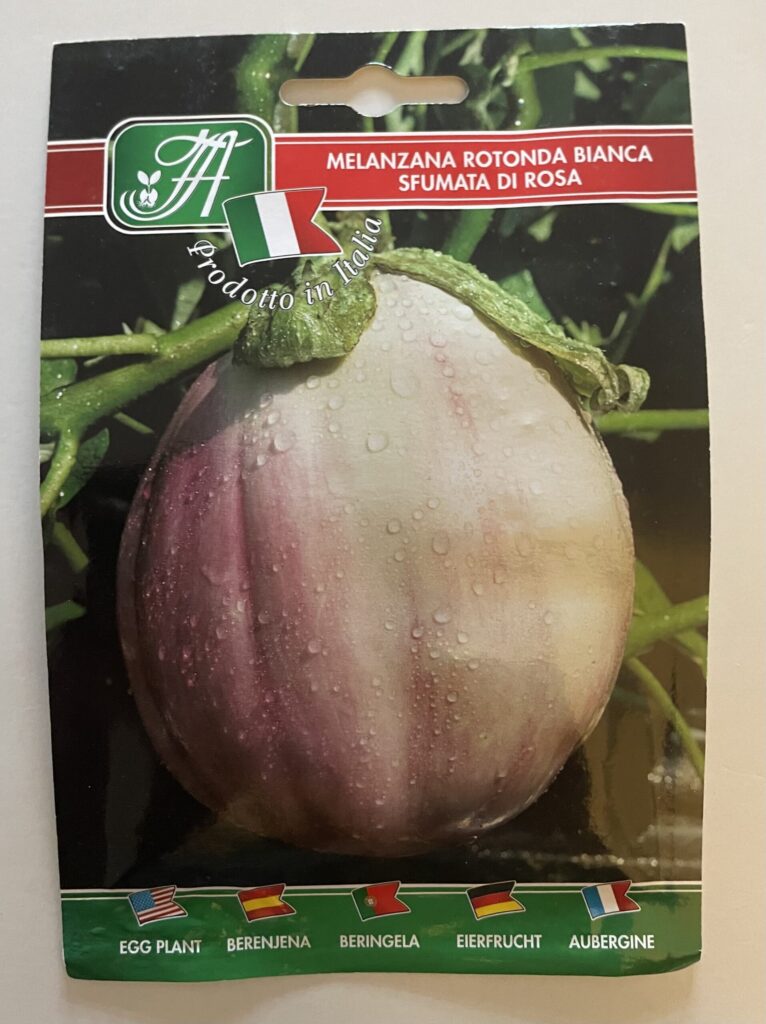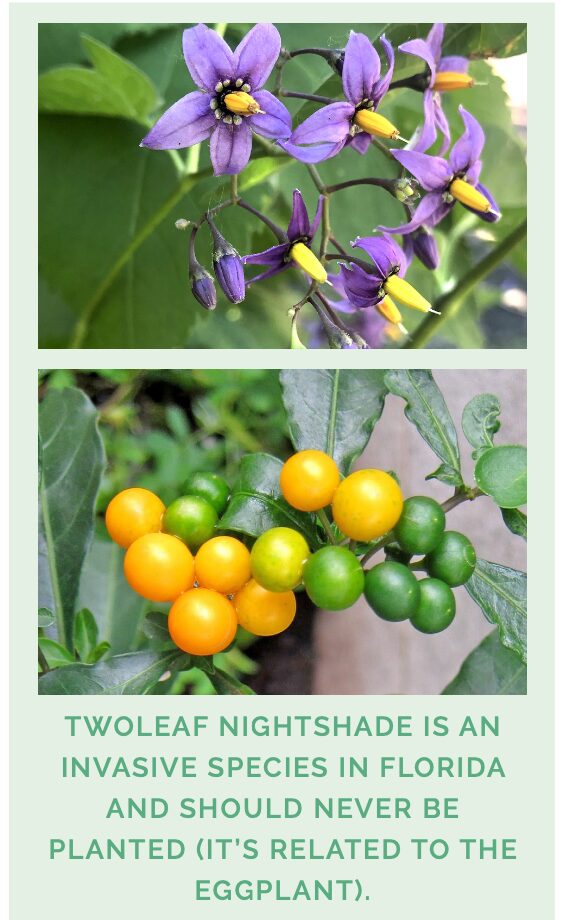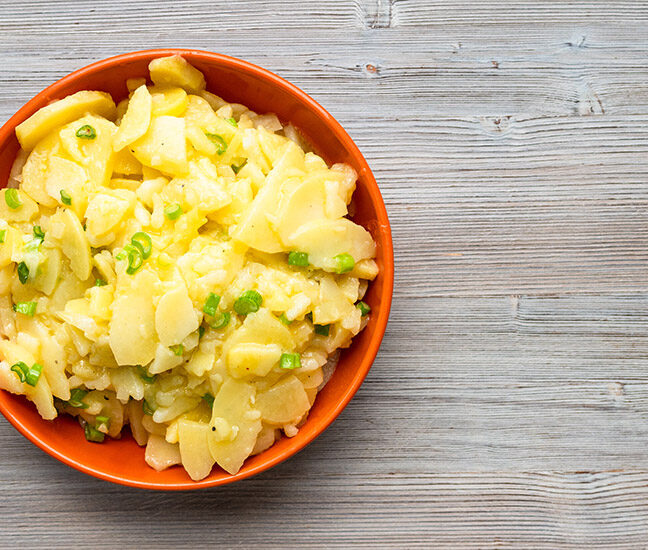
Back in the 1900s, the Edisons grew many fruits and vegetables to capitalize on the mild winter weather in Fort Myers and compensate for limited options to purchase fresh produce. The excess harvests were sold or shipped north to friends and family. Though the local Heitmans opened a grocery store downtown in 1898, it was not like grocery shopping today.
In 1896, a new cookbook would revolutionize the kitchens for Americans – The Boston Cooking School Cookbook by Fannie Merritt Farmer – a copy of which was likely part of Mina Edison’s Glenmont library. This kitchen guide dramatically improved cooking techniques by employing standardized measurements for ingredients within a recipe. Currently in its 13th edition, it was the first cookbook to do so. It also included a selection of helpful lists for homemakers, including recommendations for the kitchen garden.
We can hypothesize that Mina Edison or her property caretakers would have adapted Miss Farmer’s recommendations for inclusion in their Fort Myers’ gardens, which is why the historical documents indicate that eggplant was included in the Edison’s truck garden (caretakers noted eggplant, Solanum melongena was grown as early as 1908).

IS A PERSISTENT ANNUAL THAT IS HARD TO REMOVE FROM GARDENS. ITS FLOWERS LOOK SIMILAR TO EGGPLANT
AND OTHER SOLANUM SPECIES.
The winter tropical vegetable garden in Southwest Florida is the ideal environment for a number of plants in the genus Solanaceae or so-called nightshade family. Some favorite vegetables, such as potatoes, tomatoes and peppers, are members of the Solanaceae genus of plants, which also includes tobacco, petunias, angel’s trumpet and belladonna.
Just the name Solanaceae provokes caution, and while that is certainly true with belladonna and tobacco, the vegetables are important agricultural plants that were domesticated and improved in the New World. The fifth most important species of the genus – the eggplant – is the only one improved, hybridized and domesticated in the Old World.
As far back as the Iliad & the Odyssey, belladonna (Atropa belladonna) owes its notorious label in the Solanaceae family for hallucinogenic and poisonous properties, and it is an important herbaceous plant in the famous Chelsea Physic Garden (Apothecary Garden of 1673) in London.

MORE ABOUT EGGPLANT
AND MANY OTHER
EDIBLES DURING A
GARDENING CLASS ON
OCTOBER 28.
Many northern gardeners are familiar with the eastern black nightshade (S. ptycanthum), a persistent annual that is hard to remove from gardens. Its flowers look similar to eggplant and other Solanum species. Here in our gardens, the obnoxious Solanum pest is the twoleaf nightshade (S. diphyllum), which is an aggressive invasive that produces bright orange berries that are irresistible to birds – take a guess at what happens with those digested seeds. Like many of today’s invasives, the plant was introduced as an ornamental for its striking berries back in the 1960s. The berries contain seeds that boast an 85% germination rate and can remain dormant for as long as two years! Once familiar with this plant form and leaves, if there is any doubt, a quick crush of its leaves produces a pungent, unmistakable odor alerting one to its toxic compounds.
In Solanum plants, the leaves and particularly the roots, contain high levels of glycoalkaloids, which are toxic chemicals that help the plant protect itself from predation. Since eggplant is a close cousin to toxic plants, why is it not similarly harmful? Well, the leaves (as in tobacco) and stems do collect a concentration of these chemicals and therefore should not be consumed. However, the fruits do not. Yes, eggplant is not a vegetable botanically speaking as the flower must be pollinated and produces a fruit with seeds inside. Vegetables, on the other hand, can be any part of the plant: flowers, stems, leaves, stalks, etc.
The ugly eggplant began its relationship with humans in the medicinal realm. In 2010, DNA work performed by biologists at the University of Utah determined its origins were in Africa and it spread to become one of the top five agronomic plants in Asia and the Mediterranean, with some suggesting that Alexander the Great brought the plant from India to the Mediterranean as early at 365 BC.
The wild eggplant, like its cousin datura or devil’s trumpet, has spines along its stem – another botanical feature designed to discourage herbivores. Ancient Chinese are credited with hybridizing the wild eggplant and its small green fruit, to the spineless plant with elongated purple fruit, which today is the staple of such dishes as Caponata, Baba Ghanoush and Brinjal Curry.

Enjoyed for its high nutritional value, low calorie count and high fiber, today’s gourmand can grow a splendid variety of eggplants, the aubergine of Europe, in a range of colors and sizes such as white to deep purple, striped, and tiny as in tiny Thai or elongated for stuffing as in New York improved – a variety grown by Thomas and Mina Edison and a staple in grocery stores today. Eggplants grow slowly compared to other vegetables (because it is a fruit you may recall), taking as long as 120 days to mature, depending on the variety.
On October 28, there will be a class on growing vegetables offered at Edison and Ford Winter Estates. The class will cover best cultivation practices for a selection of great vegetables, as well as recognizing and responding to potential pests and diseases. Attendees also can sample the Italian relish known as caponata and we will share a classic caponata recipe. Registration is required at EdisonFord.org. I brought home two varieties of seeds of melanzana (literally bad egg) from Italy, and I will be sharing these during the class.






